Knowing how to store food properly works to preserve the nutrients, and ensures that food don’t go bad prematurely.
Here’s how to stop wasting food and start packing right:
Do you find yourself throwing away food that’s gone bad from being left out for too long or because you’ve forgotten all about the leftovers packed deep in the fridge? Doing this regularly is not only wasteful, but also expensive.
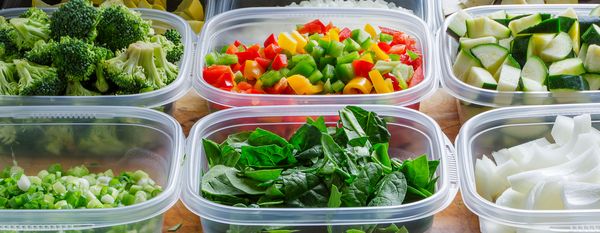
Knowing how to store food properly works to preserve the nutrients, and ensures that food don’t go bad prematurely.
Here’s how to stop wasting food and start packing right:
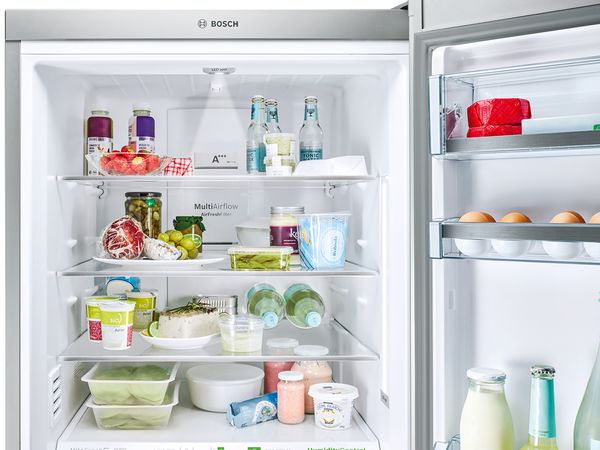
This is one of the biggest – and most common – mistakes that people make.
Packing your fridge to the brim will restrict air circulation, leaving some areas warmer than others. Over time, this can lead to a build-up of unpleasant odours caused by mould.
It’s best to keep food items about half an inch apart to keep the air flowing. Try not to place food against the back or sides of the fridge, as that will also restrict the airflow.
Interestingly, these best practices do not apply to your freezer. It’s perfectly fine to keep a full freezer as it leaves little space for air to travel all around when the door is opened. Just remember to leave a little space near the thermostat so it can sense the temperature more accurately.
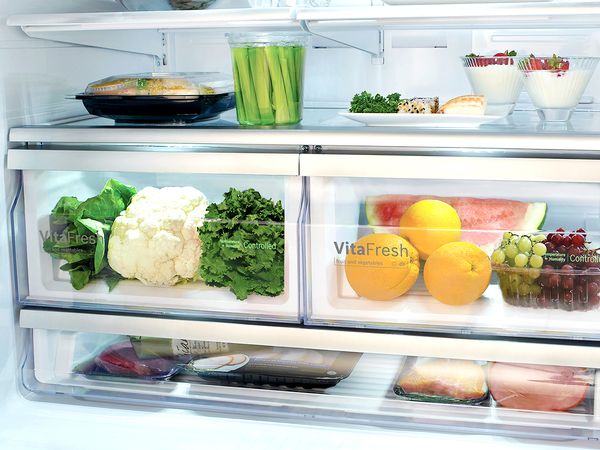
After a tiring grocery run, it may be tempting to just toss everything into the fridge without giving them much thought. But if you want to lengthen the shelf life your food, some planning is necessary.
It’s important to not mix raw meat with your fresh produce to reduce the possibility of cross-contamination. Poultry, fish and meat should go directly into the freezer unless they are meant to be cooked within the next few hours. Keep fruits and vegetables in humidity drawers, which automatically maintain the perfect balance of temperature, humidity, and air circulation to help these items stay fresh and nutritious *up to three times longer.
As much as possible, avoid washing fruits and vegetables before refrigeration – the dampness will promote decomposition.
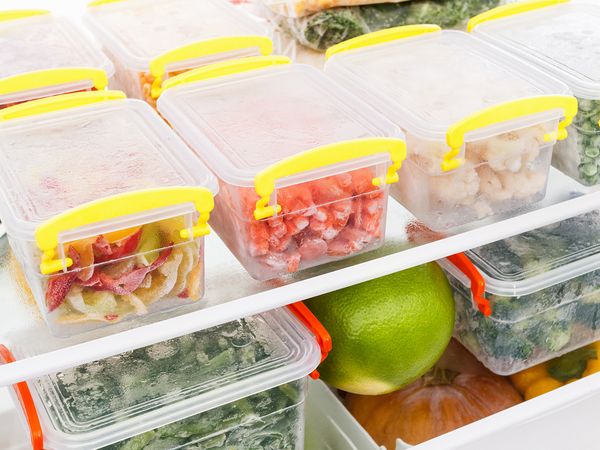
This way, you would only have to take out and thaw what you need. Plus, the smaller the frozen item, the quicker it will thaw, so you don’t have to refreeze partially thawed foods that could have been potential hotbeds for harmful bacteria.
Ice cube trays are useful for freezing paste, which you only need a little at a time. Simply shake out a cube paste or two when cooking, and the rest are good to keep.
While frozen foods do last longer, make it a habit to label them so you know how long they have been stored. Packing your food items into generic containers may also make it difficult to identify which is which without lifting the lid, so labeling will help.
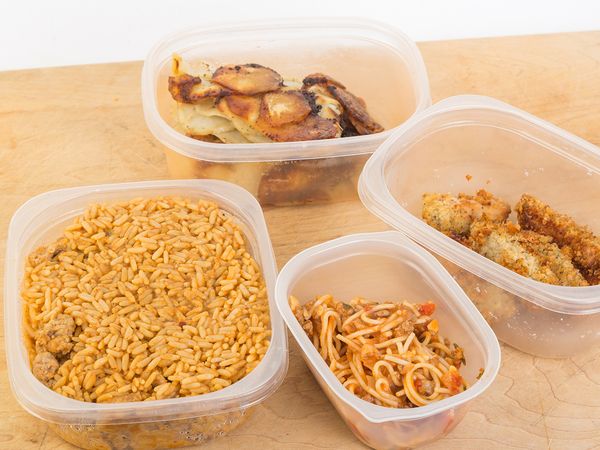
Leftovers can be stored in small, flat containers so that they cool faster. Leaving food exposed at room temperature for longer periods will only encourage bacteria to grow. A good rule of thumb is to refrigerate your leftovers within two hours of cooking.
It’s possible to place slightly warm food in the fridge if it’s not piping hot. Never put deep containers of hot food in the fridge though - the centre portion will not be able to cool down fast enough, which makes it easy for your food to spoil. Quicken the cooling process by using shallow containers instead.
If you’re freezing leftover soups and other liquids, note that they will expand when frozen. So remember to leave some space and don’t fill the container all the way up.
Follow these tips and you won’t be wasting food any longer! But our last piece of advice is still this: when in doubt, throw it out. If it looks suspicious or you can’t remember how long the food’s been kept, it’s probably better off in the bin!
*Depending on the model and type of your refrigerator
Thank you for your interest in Bosch Home Appliances.
Our aim is to continuously improve our website and the information we provide.
For this purpose we would like to invite you to take part in our short survey (about 2-3 minutes).
If you need any support, please contact us or call us at +65 6751 5000.
Thank you for your support.
Thank you for your interest in Bosch Home Appliances.
Our aim is to continuously improve our website and the information we provide.
For this purpose we would like to invite you to take part in our short survey (about 2-3 minutes).
If you need any support, please contact us or call us at +65 6751 5000.
Thank you for your support.